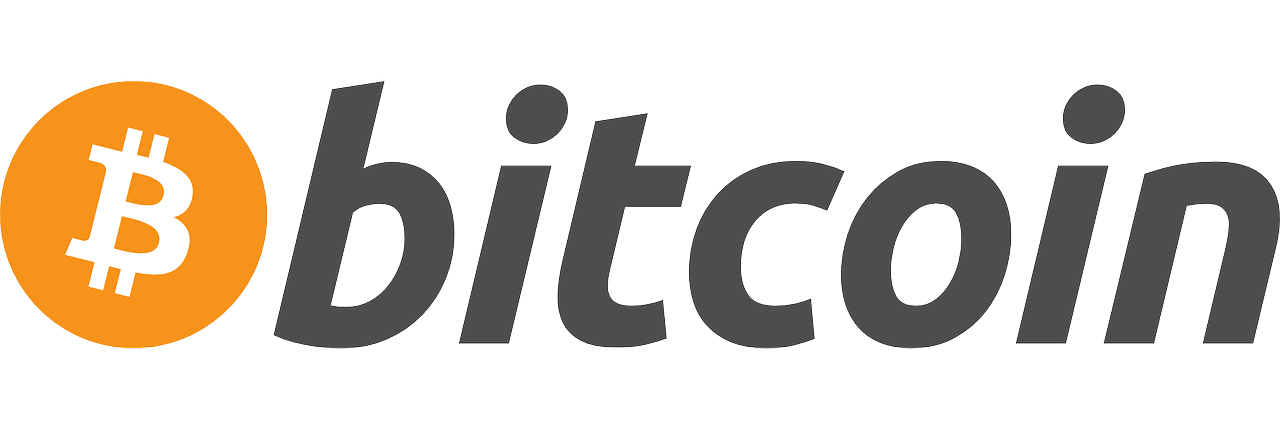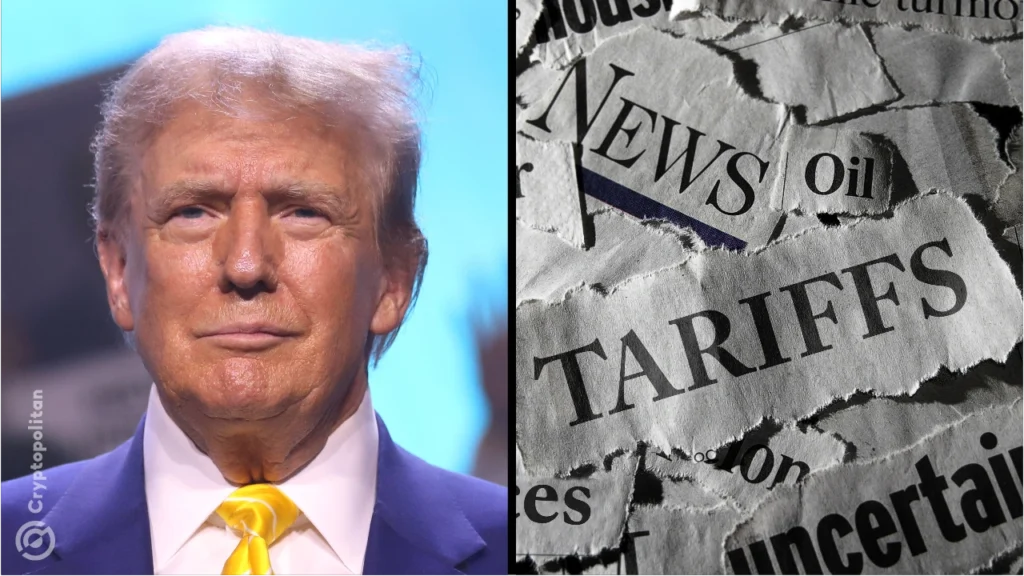The post JPMorgan Head warns Trump tariffs could reawaken 1970 stagflation; Here’s why appeared on BitcoinEthereumNews.com.
In May, JPMorgan Chase CEO Jamie Dimon warned of a potential return to stagflation this year, an economic condition marked by stagnant growth coupled with rising inflation. Now, with Donald Trump’s proposed Tariffs, economists are debating whether Jamie Dimon’s predictions will come true. Speaking to panelists at a conference, Dimon pointed to years of extraordinary fiscal and monetary stimulus as contributing factors, including the Federal Reserve’s hiking of interest rates at the time. “How can you tell me it won’t lead to stagflation?” he questioned. While Federal Reserve Chair Jerome Powell dismissed these concerns earlier this year, describing stagflation as an unlikely scenario, recent developments have reignited the debate. President-elect Donald Trump’s aggressive tariff proposals are being scrutinized as a possible catalyst for economic disruptions reminiscent of the 1970s. Trump’s tariff threats raise economic tensions Trump has pledged to impose sweeping tariffs once in office, including a 25% levy on imports from Mexico and Canada and an additional 10% on goods from China. On the campaign trail, he further suggested a 10% to 20% tax on all imports and hinted at raising tariffs on Chinese products by as much as 60%. While some experts speculate these proposals might be negotiation tactics, the implementation of such broad-based tariffs could severely impact the economy. The risk, according to analysts, lies in higher consumer prices, disrupted supply chains, and retaliatory measures from trading partners. The U.S. economy hasn’t faced stagflation since the 1970s, a period defined by high unemployment, soaring inflation, and slow economic growth. During that time, the Federal Reserve’s initial response of lowering interest rates to address unemployment led to runaway inflation. In a dramatic shift, the Fed later prioritized combating inflation by aggressively raising rates, plunging the economy into a recession. Powell, recalling the challenges of that era, noted, “It…

